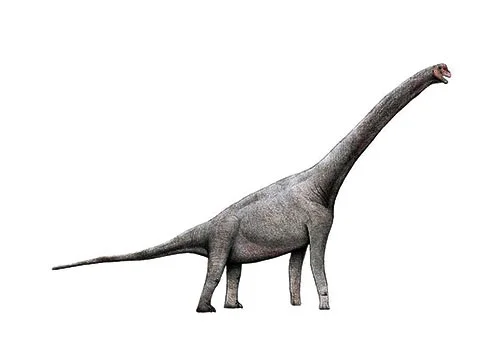Pelorosaurus (Monstrous lizard)

Pel-o-ro-sore-us
Gideon Mantell & Richard Owen - 1850
Herbivore
Estimated 15-30 meters long
Sauropod
P. conybeari (type)
England - Lower Greensand Group, Wealden Group, and France
Early Cretaceous, 140-125 million years ago
Pelorosaurus Facts
Pelorosaurus, whose name means “monstrous lizard,” is a genus of sauropod dinosaur that lived during the Early Cretaceous period, about 140-125 million years ago. It was first described in 1850 by the British paleontologist Richard Owen, based on fossils discovered in England.
Pelorosaurus was a large dinosaur, with estimates of its length ranging from 15 to 30 meters (49 to 98 feet) and its weight ranging from 10 to 20 tonnes (11 to 22 tons). It was a typical sauropod, with a long neck, a small head, a long tail, and a massive body. It is believed to have been a herbivore, using its long neck to reach vegetation that was out of reach for other animals.
Although Pelorosaurus is known from a number of fossils, these are mostly fragmentary, and little is known about the dinosaur’s appearance or behavior. However, it is thought to have been closely related to other sauropods such as Brachiosaurus and Apatosaurus.
Pelorosaurus is important because it is one of the earliest known sauropods from Europe, and its discovery has helped paleontologists gain a better understanding of the early evolution of this group of dinosaurs. Additionally, its discovery in England has helped to demonstrate that large dinosaurs were once present in what is now the United Kingdom.



